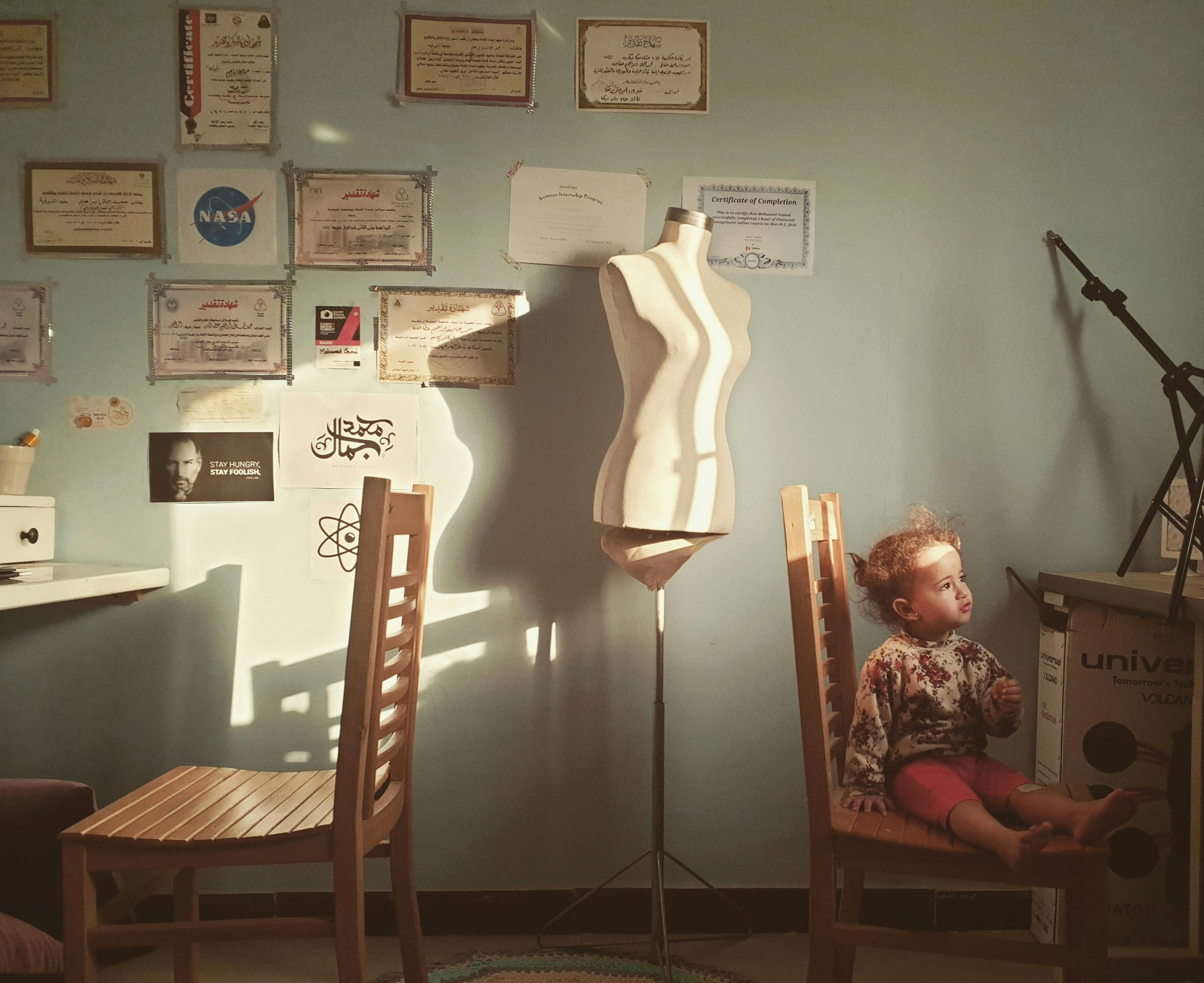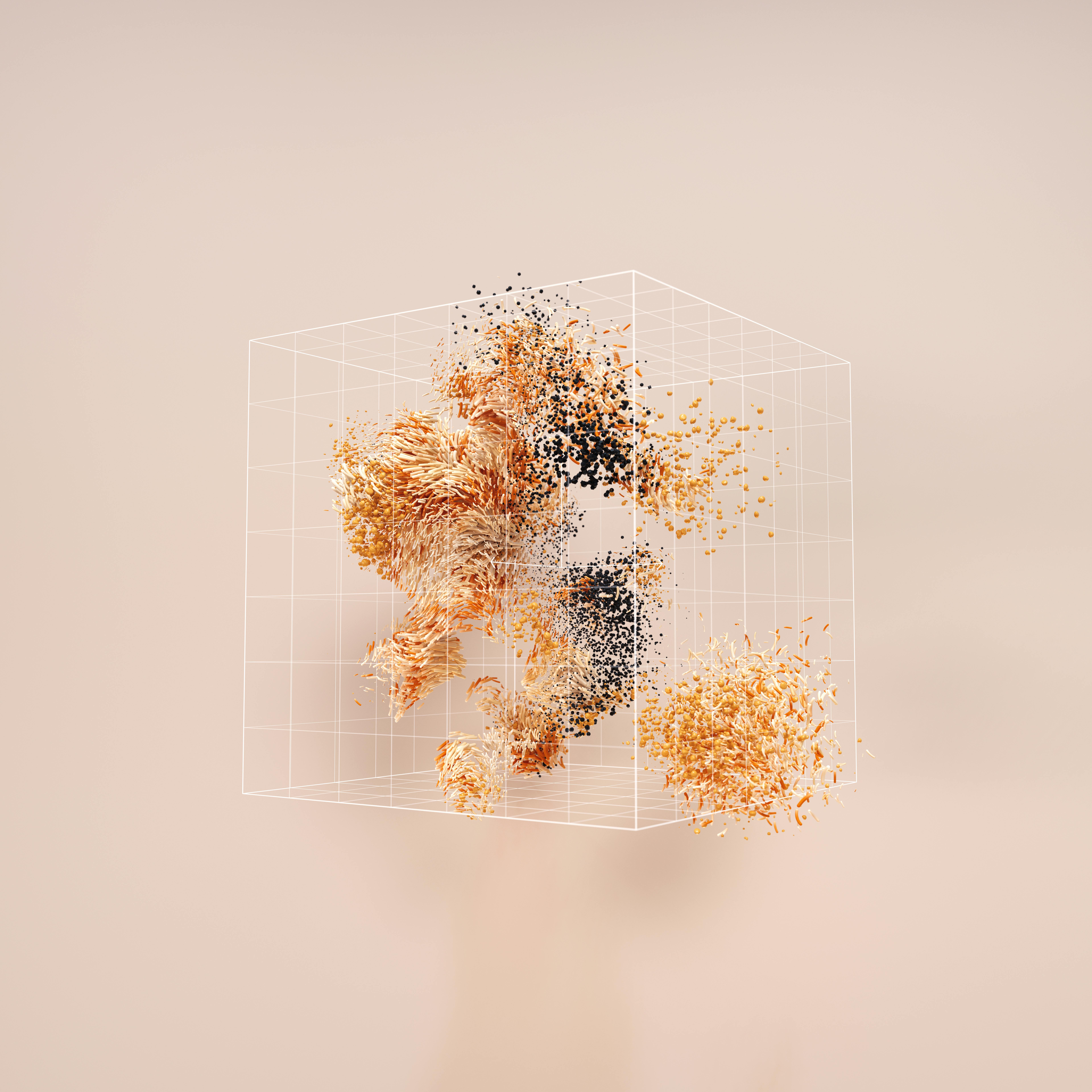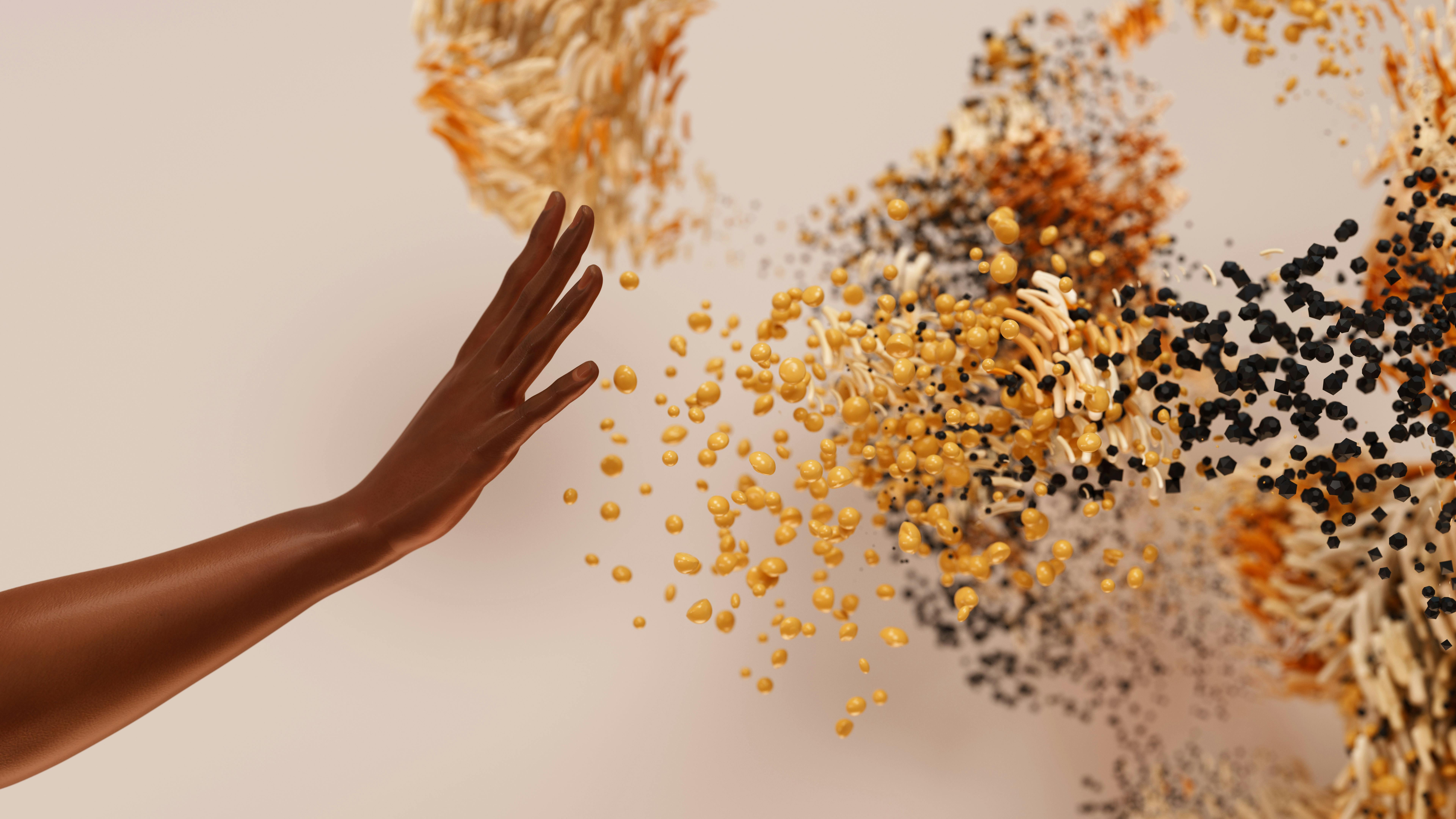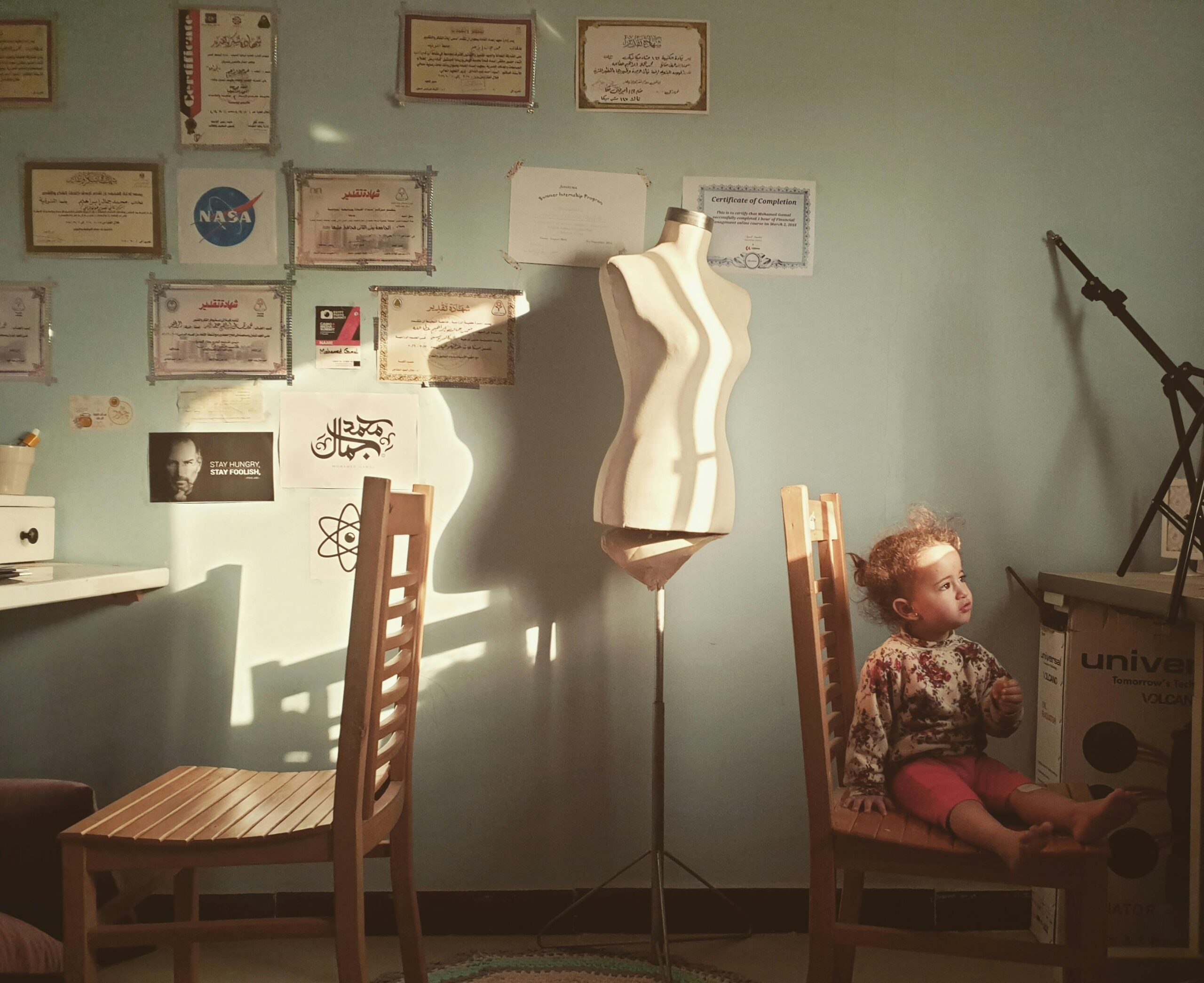Designing and Using Science Fair Certificates Effectively
Recognizing students’ efforts in science fairs is essential to nurturing curiosity and innovation. Science fair certificates are an excellent way to reward participation, encourage future exploration, and celebrate achievement. This article explores everything you need to know about science fair certificates—from design fundamentals to advanced application strategies.

Understanding the Fundamentals
Science fair certificates serve as formal recognition of a student’s effort and performance in STEM-related activities. Whether awarded for participation or excellence, they play a crucial role in reinforcing the educational journey and building confidence. Historically, these certificates evolved from handwritten commendations to professionally designed digital prints.
Beyond aesthetics, they represent personal achievement and community support for science education. Like trophies or medals in sports, they symbolize hard work, creativity, and academic curiosity.
1.1 Elements of an Effective Certificate
A powerful science fair certificate includes specific details such as the recipient’s name, award title, date, event name, and an official signature. These elements enhance its perceived value and create a lasting memory for students.
For example, a certificate stating “Outstanding Biology Project – John Smith” adds far more significance than a generic “Participant” badge. Many schools use bold design and customized messages to elevate their awards.
1.2 Types of Science Fair Certificates
Certificates can vary widely, including categories such as Participation, Best in Show, Innovation Award, Best Presentation, and Grade-Level Achievements. Each type reflects unique student contributions and offers recognition tailored to performance.
Unlike traditional grading, these acknowledgments recognize diverse strengths—encouraging introverted researchers and enthusiastic presenters alike.
Practical Implementation Guide
Now that the value and types of science fair certificates are clear, let’s explore how to implement them effectively. Proper planning ensures they align with your science fair goals and deliver maximum impact for students, teachers, and parents.

2.1 Actionable Steps
- Design the Template: Use software like Canva, PowerPoint, or Adobe Illustrator to create a visually appealing layout with school branding.
- Choose Award Categories: Decide in advance which awards will be issued—participation, subject-specific, or innovation-based titles.
- Print and Prepare: Use high-quality cardstock or glossy paper for printing. Sign and stamp them to add authenticity.
2.2 Overcoming Challenges
Several obstacles can arise when issuing science fair certificates:
- Inconsistent spelling or data errors – always verify names and award titles before printing.
- Lack of personalization – generic formats reduce student excitement.
- Insufficient categories – can leave unique talents unrecognized.
To prevent these issues, double-check entries, brainstorm diverse categories, and use mail merge for bulk printing. Engage teachers in the review process for accuracy.
Advanced Applications
For schools and institutions aiming to take their recognition programs further, there are several advanced strategies for enhancing the utility of science fair certificates. These methods ensure certificates are not only keepsakes but tools for long-term student growth.

3.1 Digital Certification and Portfolios
Digital certificates with QR codes can link to project descriptions, winning photos, or student bios. These modern versions can be integrated into online portfolios and college applications.
Case studies show that students who keep digital portfolios with their science fair certificates are more likely to showcase them in scholarship applications and STEM competitions.
3.2 Integration with Academic Records
Some schools integrate science fair results and certificates into student records or report cards. This creates formal documentation of extracurricular achievement, boosting academic profiles.
Ensure your Learning Management System (LMS) supports uploads and certifications. Platforms like Google Classroom and Canvas offer badge integration tools compatible with digital certificates.
Future Outlook
As education continues embracing technology, science fair certificates will become increasingly digital, interactive, and personalized. AI-generated design tools, blockchain-based credentials, and gamified certificates are emerging trends.
Educators should stay informed on these developments to enhance student motivation and ensure future-proof recognition practices. Interactive certificates embedded with videos or testimonials could soon become the norm.
Conclusion
Science fair certificates are more than just paper—they’re powerful motivators. By implementing them thoughtfully, schools can celebrate student creativity, encourage scientific exploration, and support lifelong learning.
To make the most of your next science fair, plan ahead, personalize the awards, and consider digital upgrades. Start designing today and inspire tomorrow’s scientists!
Frequently Asked Questions
- Q: What is a science fair certificate? A science fair certificate is a formal document recognizing student participation or excellence in a science event, often including names, dates, and awards.
- Q: How do I create a science fair certificate? Use templates from design tools like Canva or PowerPoint. Include names, award types, event titles, and official signatures for authenticity.
- Q: How much time does it take to prepare certificates? Depending on scale, preparation may take 1-2 hours for smaller events and up to a week for large fairs with custom categories and bulk printing.
- Q: What does it cost to print certificates? Costs range from $0.10 to $1 per certificate depending on paper quality and quantity. Digital options reduce printing costs substantially.
- Q: Are certificates better than trophies? Certificates are cost-effective, easier to store, and customizable, but trophies may offer a stronger visual appeal for top-tier awards.
- Q: Is it hard to digitize science fair certificates? No, digital tools make it easy. You can export templates as PDFs or images and even embed smart links or QR codes.
- Q: Can certificates be used for college applications? Yes, many students include science fair certificates in academic portfolios and applications as proof of extracurricular excellence.
